01
Ocean acidification. In the 200+ years since the industrial revolution began, human activities have led to (approximately) a 30 percent increase in acidity.
Ocean acidification. In the 200+ years since the industrial revolution began, human activities have led to (approximately) a 30 percent increase in acidity.
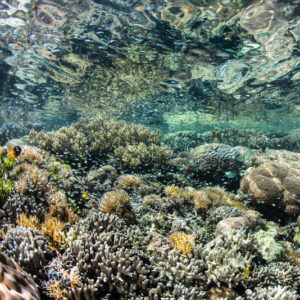
Overfishing. It has been reported that humans have already removed at least two-thirds of the large fish in the ocean, and that one in three fish populations have collapsed since 1950. If true, overfishing–combined with destructive fishing (methods)–is threatening food security for hundreds of millions of people and destroying ocean ecosystems worldwide.
Cultural annihilation. The ongoing loss of indigenous cultures is both myopic and unforgivable. With every loss of non-modern, non-progressive, non-individualistic ways of knowing, humanity is irreparably drained of much of its hard-earned knowledge, richness, diversity, texture, and shimmer.

Overly pressured pollinators. Bees and other insect pollinators are beset by the same environmental challenges as other species, but never before have human activities resulted in such overwhelming pressures on these critical ecosystem actors. Among many other ills, their rapid decline signals pending disaster for human food chains and supplies.

The myth of progress. The goal of “progress” rests on the underlying assumption of endless growth. While not necessarily a problem in the past (well, at least for the ‘haves’), endless growth is no longer deemed sustainable and it has been argued that it is part of a modern ‘myth’ which has resulted in nearly all of the other concerns enumerated on this very page. And so I wonder, is endless growth–is progress–still a goal worth aiming for?


Biological annihilation. According to a 2019 UN-backed report, up to one million plant and animal species face extinction, many within decades, because of human activities. We have come to the point where we can now speak of living in the sixth mass extinction event in the history of life on Earth…with absolutely no sense of hyperbole.
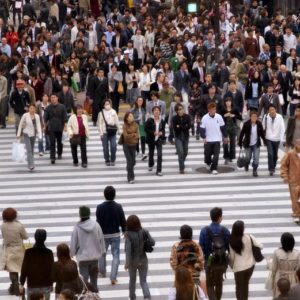
Urban migration. Over the course of the 19th and 20th centuries, the proportion of humans living in cities went from 3 percent (in 1800) to 14 percent (in 1900) to over 50 percent (in 2000). Demographers foresee that in 2030, this proportion will reach 70– 75 percent. Behold…the Age of Megapolises.

Increased human mobility. People’s mobility increased a thousandfold between 1800 and today. At least a third of humanity (2.3 billion) traveled by plane in 2006 and this increase continues. There is nothing comparable to this mobility since the emergence of Homo sapiens out of Africa.

Cene-ic arrivals. If you don’t yet know what is meant by the term anthropocene–but also capitalocene, plantationocene, and Chthulucene–then you have some urgent work to do. So, you’d best stop wasting time reading this and hop to it.
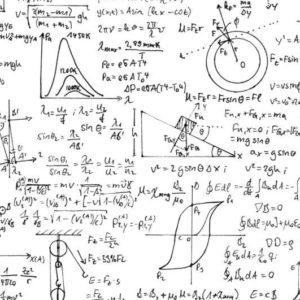
Mathematical algorithms. Its been said that mathematical algorithms used throughout the financial industry between 2000-08 were major contributing factors to the global financial crisis, prompting one observer to characterize algorithms as “weapons of math destruction.” As mathematical algorithms get embedded more deeply into all levels of computer-based societies, I worry about their unforeseen, destructive consequences.
Soil fertility exhaustion. Humans are now entangled in an orgy of soil destruction so intense that, according to the United Nations, the average landowner/user could potentially have just 60 more years of growing crops.
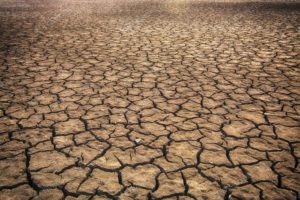
Agricultural abandonment. In many Western countries over the course of the twentieth century, the percentage of farmers and those whose profession was linked to plowing and pasture fell from more than half of the total population to 2 percent. This drop even became a collapse in the 1960s, and it continues still.
Increased non-human mobility. The increased mobility of humans in the 20th and 21st centuries has also meant an unprecedented rise in mobility for non-humans. As humans travel more, and as supply chains link all seven continents, so too do opportunities arise for plants, animals, bacteria, fungi, and viruses to inhabit new spaces and places.

Rising income inequality. World economic growth has reached historical highs, and yet, the benefits of growth have not been evenly felt by country, class, gender, or race. As an example, in the U.S. (my birthplace) since the 1970s (my birth year), rather than narrow during times of national economic prosperity levels of income inequality have risen even further.

Reductionism. Modern education has been reduced to schooling (see #20). Embedded within this education-as-schooling narrative are further reductions: for example, the reduction of teachers to deliverers; the reduction of teaching to delivery; the reduction of students to empty vessels; the reduction of learning to testing; the reduction of science to logic (or method). It’s time to stop reducing: Let’s amplify. Let’s diversify. Let’s multiply. Let’s complexify. Let’s resuscitate. Let’s vivify.

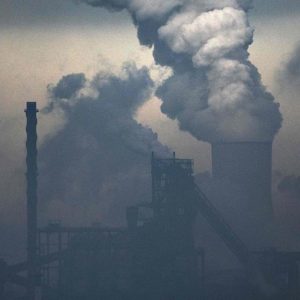
Climate change. “Scientific evidence for warming of the climate system is unequivocal.” – IPCC Climate Change 2014 Synthesis Report

Water commodification. In December 2020, the Chicago Mercantile Exchange officially announced water’s new identity as a Wall Street commodity, like gold and oil. When water is addressed in the same terms as pork bellies, corn, gas, soybeans, and subprime mortgages, however, history suggests that the likely outcomes of such marketspeak will most likely be devastating (at worst) and terrifying (at best).
Mineral extraction. The world economy remains dependent on the mass extraction of minerals (but also increasingly their recovery for the rich by the poor). There is already deep concern over the world’s rapidly dwindling supply of phosphorus, but relatively recent history has also shown nitrogen extraction to have devastated both Pacific peoples and their landscapes.
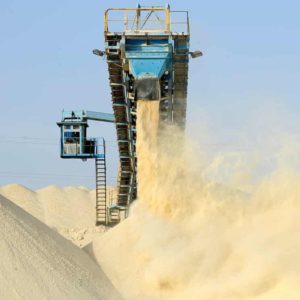
Planet plastification. Microplastics have polluted the entire planet from Arctic snow and Alpine soils to the deepest oceans. People also consume them not only via ingestion (food/water), but also through inhalation (air/dust). The summative effects on human health are still unknown, but they can’t be good.

Schools. Schooling, we should remember, is not the same as education. Education consists in what a community does to promote learning and understanding of what it values. Schooling is a particular technology for doing education in some human communities, but it is by no means the only educational technology available to us. Education still makes sense to me, but most schools no longer do. Education still ignites my passions, but most schooling no longer does. We urgently need new technologies for doing education.
